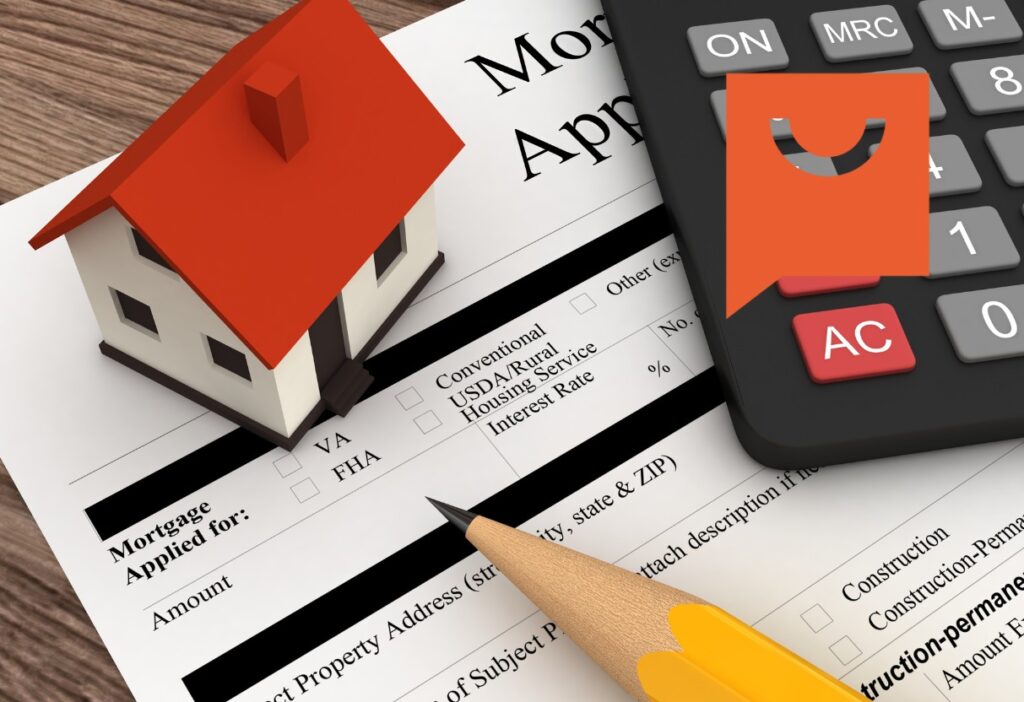Anúncios
Buying your first home can be exciting, but it’s also filled with potential pitfalls that could cost you thousands of dollars.
Many first-time homebuyers rush into the process without fully understanding the financial commitment they’re making.

The most common mortgage mistakes include not shopping around for the best interest rates, failing to get pre-approved before house hunting, and underestimating the total costs of homeownership beyond the monthly mortgage payment.
These errors can lead to higher payments, loan rejections, or budget shortfalls that turn your dream home into a financial burden.
Understanding these pitfalls before starting your home search can save you significant stress and money.
The mortgage decisions you make today will impact your financial health for years or even decades to come.
Understanding Mortgage Rates and Terms
Mortgage rates and terms significantly impact the total cost of homeownership and your monthly payments. Understanding these elements helps you choose the right mortgage for your financial situation and long-term goals.
Comparing Fixed-Rate and Adjustable-Rate Mortgages
Fixed-rate mortgages maintain the same interest rate throughout the loan term. This provides predictability, as your monthly principal and interest payments never change.
Adjustable-rate mortgages (ARMs) typically start with lower rates than fixed-rate loans, but the rate adjusts periodically based on market conditions. Most ARMs have a fixed period (3, 5, 7, or 10 years) before they begin adjusting.
Key differences:
| Feature | Fixed-Rate | Adjustable-Rate |
|---|---|---|
| Rate stability | Remains constant | Changes periodically |
| Initial rates | Usually higher | Usually lower |
| Risk level | Lower risk | Higher risk |
| Best for | Long-term homeowners | Short-term homeowners |
Borrowers who plan to move or refinance before the adjustment period ends often benefit from ARMs. Those seeking stability prefer fixed-rate mortgages.
Importance of Mortgage Terms Length
The term length of a mortgage affects both monthly payments and total interest paid. Common terms include 15, 20, and 30 years.
Shorter terms (like 15 years) offer lower interest rates and build equity faster. Borrowers pay significantly less interest over the life of the loan but face higher monthly payments.
Longer terms (like 30 years) provide lower monthly payments, making homes more affordable month-to-month. However, total interest paid increases substantially.
Example: On a $300,000 loan at 4.5% interest:
- 15-year term: $2,295/month, $113,100 total interest
- 30-year term: $1,520/month, $247,200 total interest
First-time buyers should consider both current budget constraints and long-term financial goals when selecting a term length.
Some lenders also offer less common terms like 10, 20, or 25 years.
Budgeting for Additional Costs

Buying a home involves more than just the mortgage payment. First-time homebuyers often underestimate the extra costs that come with homeownership, leading to financial strain after purchase.
Closing Costs and Fees
Closing costs typically range from 2-5% of the loan amount and include various fees that surprise many first-time buyers. These costs cover loan origination, appraisal fees, title insurance, and attorney fees.
Lenders must provide a Loan Estimate within three business days of your application, detailing these expenses. Review this document carefully to avoid surprises.
Some closing costs are negotiable. Buyers can sometimes ask sellers to cover a portion of these expenses, especially in buyer-friendly markets.
Many lenders offer “no closing cost” loans, but these usually come with higher interest rates. Calculate whether paying upfront or accepting a higher rate makes more financial sense for your situation.
Property Taxes and Home Insurance
Property taxes vary significantly by location and can add hundreds or thousands to monthly housing costs. Research local tax rates before committing to a property purchase.
Mortgage lenders typically require homeowners insurance, which costs $1,200 per year on average. Flood, earthquake, or hurricane insurance may be additional requirements depending on location.
Most lenders establish an escrow account to collect and pay these expenses. This spreads the cost throughout the year rather than requiring large lump-sum payments.
Tax rates can increase over time, and insurance premiums may rise after claims or natural disasters. Budget for potential increases rather than assuming costs will remain static.
Maintenance and Unexpected Expenses
Experts recommend setting aside 1-3% of your home’s value annually for maintenance and repairs. A $300,000 home might require $3,000-9,000 yearly for upkeep.
Common unexpected expenses include:
- HVAC system failures ($3,000-7,000)
- Roof repairs ($300-1,500) or replacement ($5,000-12,000)
- Plumbing emergencies ($500-4,000)
- Appliance replacements ($350-8,000)
Create a dedicated emergency fund specifically for home repairs. This prevents dipping into general savings or relying on credit cards for urgent fixes.
Consider home warranty plans to help cover major system and appliance failures, especially when purchasing an older home. These plans typically cost $300-600 annually plus service fees.
Evaluating Credit and Financial Health

Your financial profile significantly affects your mortgage terms and approval odds. Understanding how lenders view your credit history and debt levels can save you thousands over the life of your loan.
Impact of Credit Score on Mortgage Rates
Credit scores directly influence the interest rates lenders offer. Higher scores (typically above 740) qualify for the best rates, while scores below 620 may result in higher rates or even loan denial.
Most conventional loans require a minimum score of 620, while FHA loans may accept scores as low as 580. A difference of just 100 points in your score could increase your rate by 0.5-1%, translating to thousands in additional interest.
Before applying, obtain your credit reports from all three bureaus (Experian, TransUnion, and Equifax). Look for and dispute any errors, which appear on roughly 20% of reports.
Pay down credit card balances to below 30% of available credit. This quick action can boost scores within 30-60 days.
Debt-to-Income Ratio Considerations
Lenders carefully evaluate how much of your income goes toward debt payments. This debt-to-income (DTI) ratio is calculated by dividing total monthly debt payments by gross monthly income.
Most lenders prefer a DTI ratio below 43%, though some loan programs accept up to 50%. Front-end ratio (housing costs only) should ideally stay below 28% of income.
High DTI ratios signal potential payment difficulties to lenders.
To improve this metric:
- Pay down existing debts, especially high-interest credit cards
- Avoid taking on new debt before and during the application process
- Consider increasing income through side work or asking for a raise
- Extend loan terms on existing debts to lower monthly payments
Remember that lenders count obligations like child support and alimony in DTI calculations, even if they don’t appear on credit reports.
Navigating the Pre-approval and Application Process

The mortgage application journey begins long before you find your dream home. Understanding the steps and requirements early can save you time, money, and potential heartache later in the homebuying process.
The Importance of Mortgage Pre-approval
Getting pre-approved for a mortgage should be your first step in the homebuying process. Pre-approval gives you a clear picture of what you can afford and shows sellers you’re a serious buyer.
Many first-time buyers skip this crucial step, only to face disappointment when they find their dream home but can’t secure financing.
A pre-approval letter typically remains valid for 60-90 days, giving you a realistic shopping window.
To get pre-approved, lenders will examine:
- Credit score and history
- Income verification
- Employment history
- Current debt obligations
- Available down payment
The pre-approval process also helps identify potential issues early. This gives buyers time to address credit problems or save additional funds before making offers.
Accurate and Honest Application Information
Providing complete and truthful information on mortgage applications is non-negotiable.
Lenders verify all details through various channels, and discrepancies can lead to loan denial.
Common mistakes include:
- Underreporting debts or obligations
- Overstating income
- Failing to disclose previous financial problems
- Not mentioning plans to change employment
The verification process is thorough.
Lenders will review bank statements, tax returns, and employment records. They may also conduct additional credit checks right before closing.
Self-employed buyers face extra scrutiny and should prepare additional documentation showing stable income over time.
This might include business tax returns and profit/loss statements for the past two years.
Being transparent about potential issues upfront allows loan officers to suggest appropriate loan products or remediation steps.